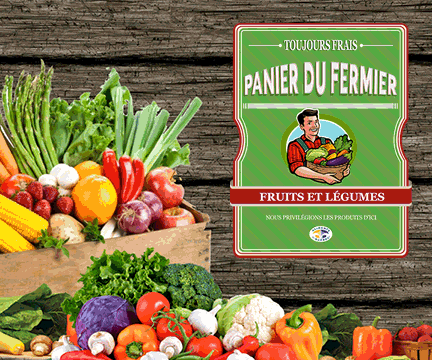CNW/ – Health Canada is aware of several cases of serious harm resulting in hospitalization after children have accidentally consumed illegal edible cannabis products. These products appeared similar to regular candies or foods and were stored in locations such as the fridge or freezer and without child-resistant packaging.
Obtaining cannabis from illegal sources can carry potential health risks as the products are not regulated and do not meet the strict safety and quality controls as set out in the Cannabis Act and its Regulations. These controls address issues such as the maximum amount of THC, product ingredients, packaging, labelling, production, testing, and sale, including appeal to young persons.
Canadians are reminded that they should only purchase cannabis from authorized provincial and territorial retailers, online or in brick-and-mortar stores. Legal cannabis products must be sold in child-resistant and tamper-evident packaging, and the immediate container must be opaque or translucent. Edible cannabis products may legally contain a maximum of 10 milligrams of THC per package.
All cannabis should be stored securely and out of reach of children and young persons. Cannabis should always be kept in its original child-resistant packaging. It is important to note that the tamper-evident feature on cannabis packaging is no longer effective after it has been opened.
Who is affected?
Children and young persons are at risk of serious harm if they accidentally ingest cannabis.
Affected products
Improperly stored cannabis from legal sources and all cannabis purchased outside the legal supply chain.
What consumers should do
· If you possess cannabis, store it away from children and young persons. Be especially careful with edible cannabis, which can be mistaken for regular food or drink. Consider storing cannabis products in a locked drawer or box, and separate from regular food or drinks.
· Always purchase cannabis products from authorized provincial and territorial retailers. Cannabis products purchased outside the legal, regulated supply chain are not subject to any quality control or safety measures.
· Even adults may be unable to spot the difference between a regular candy and an edible, or a cookie with or without cannabis. By properly storing and labelling cannabis products, there is less risk of accidental consumption.
· If someone is having a serious medical emergency related to a cannabis product, call 911, or contact your regional poison center. If you have questions or concerns about cannabis and your health, consult your health care practitioner.
Tips for recognizing legal cannabis
· Cannabis products sold by licensed retailers, containing more than 0.3% THC, are required to have an excise stamp at the point of sale. If a packaged cannabis product does not have an excise stamp at the time of purchase, it is an illegal product. Find your provincial excise stamp here.
· Legal and regulated cannabis have a number of control measures in place to minimize harms from cannabis use, including plain packaging and labelling that contains appropriate warning messages and important information about the product (e.g., THC and CBD content).
· Provincially and territorially authorized retailers are the only legal way to purchase cannabis for non-medical purposes in Canada. Each province and territory is responsible for determining how cannabis is distributed and sold within its jurisdiction. Most provinces and territories list the locations where legal cannabis can be purchased online and in brick-and-mortar stores.
· If you purchase edible cannabis, remember that legal edible cannabis products are limited to a maximum of 10 mg THC per package. If the retailer where you are considering making your purchase sells edible cannabis products that contain more than 10 mg of THC per package, then the retailer is selling illicit cannabis that is unregulated and untested.
What Health Canada is doing
Under the Cannabis Act, and its regulations, Health Canada has created a strict legal framework for controlling the production, distribution, sale and possession of cannabis across Canada, and has established requirements for packaging and labelling of cannabis products to:
· minimize appeal to children and young persons;
· protect against accidental consumption; and
· provide consumers with information they need to make informed decisions, including the potential risks and harms of cannabis use.









